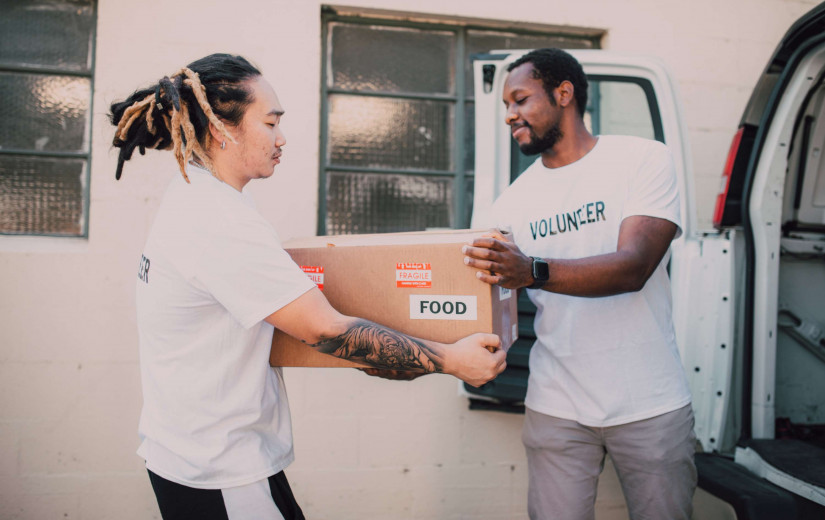What to Expect in Biden's First 100 Days to Fight the COVID-19 Crisis
Earlier this week, President-elect Joe Biden outlined his goals for his first 100 days in office. Dating back to the days of Franklin D. Roosevelt, the incoming president has used these first few months in office to set the tone for the agenda of his administration and strive to reach lofty goals. As expected, the first 100 days agenda for Biden is focused on combating the ongoing COVID-19 pandemic.
In the outline of his first 100 days, Biden has set forth three lofty goals aimed at getting this health crisis under control so that the nation can finally move forward. Here is a look at the specifics of each of these goals.
100 Days of Mask Wearing
The primary tenet of Biden's first 100 days of office is his request for all Americans to wear a mask during this timeframe. While Biden is somewhat limited in how he can mandate and enforce this rule, stating his request so clearly will take the uncertainty out of his desire for people to mask up.
As COVID-19 cases continue to reach record levels, health experts are warning that the situation is only going to get worse in the coming weeks. Biden and his health team hope that this request will stem the tide and begin to turn things around. The president-elect has been clear that he is not asking Americans to wear the mask forever. He just wants everyone to commit to this in an effort to drive down the numbers.
Biden acknowledges that he can only mandate the usage of masks in areas under the authority of the federal government. This includes federal buildings as well as on airplanes and busses. More importantly, the request will hopefully begin to take the mixed messaging out of this hotly contested issue. Experts agree that convincing the population to mask up for 100 days will go a long way in helping to mitigate the spread of the virus.
100 Million Doses of COVID-19 Vaccine
The second initiative in Biden's plan is to aim to put 100 million doses of the COVID-19 vaccine into the arms of Americans. Biden acknowledges that this is a lofty goal that will take the full cooperation of various health agencies to bring to fruition. With the Pfizer vaccine already on the way to medical care providers all over the country, officials are hopeful that this is the beginning of a mass immunization effort.
Most health experts predict that any American who wants the vaccine will be able to get it by the summer of 2021. The first 100 million doses will go to frontline healthcare workers, high-risk individuals, the elderly people living in nursing homes, and other essential employees. After these vulnerable populations have received the vaccine, it will then be made available to the rest of the country.
Get Kids Back in School
Parents all across the nation were hanging on the president-elect's every word when he detailed how he was going to make it a priority to get most kids back into in-person school. While many politicians have rightfully made this a goal, it understandably carries more weight when the incoming president makes it a key initiative of the first 100 days of his administration. By committing to this initiative in such a formal way, Biden is sending the message that this will be a priority for this team as they take over the reins.
It should be noted that Biden was clear that achieving this goal was contingent on the proper support, largely in the form of enough congressional funding to make it a safe endeavor. As it stands today, Congress has yet to even approve the second COVID-19 stimulus package. Without the proper funding to pay for personal protective equipment, it will be nearly impossible to get kids back in school for in-person learning.
While there is still a lot of work to be done before this crisis is behind us, these three initiatives send a clear signal about what the incoming Biden team will prioritize during their first 100 days in the Oval Office. If all three of these goals are accomplished by the end of April, it will be a good start in squashing the pandemic.

















